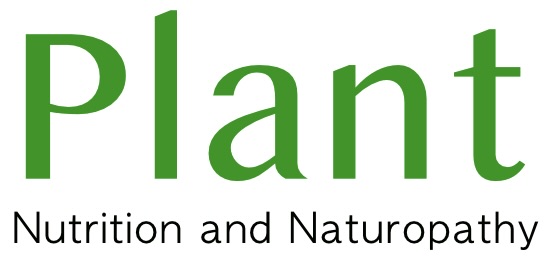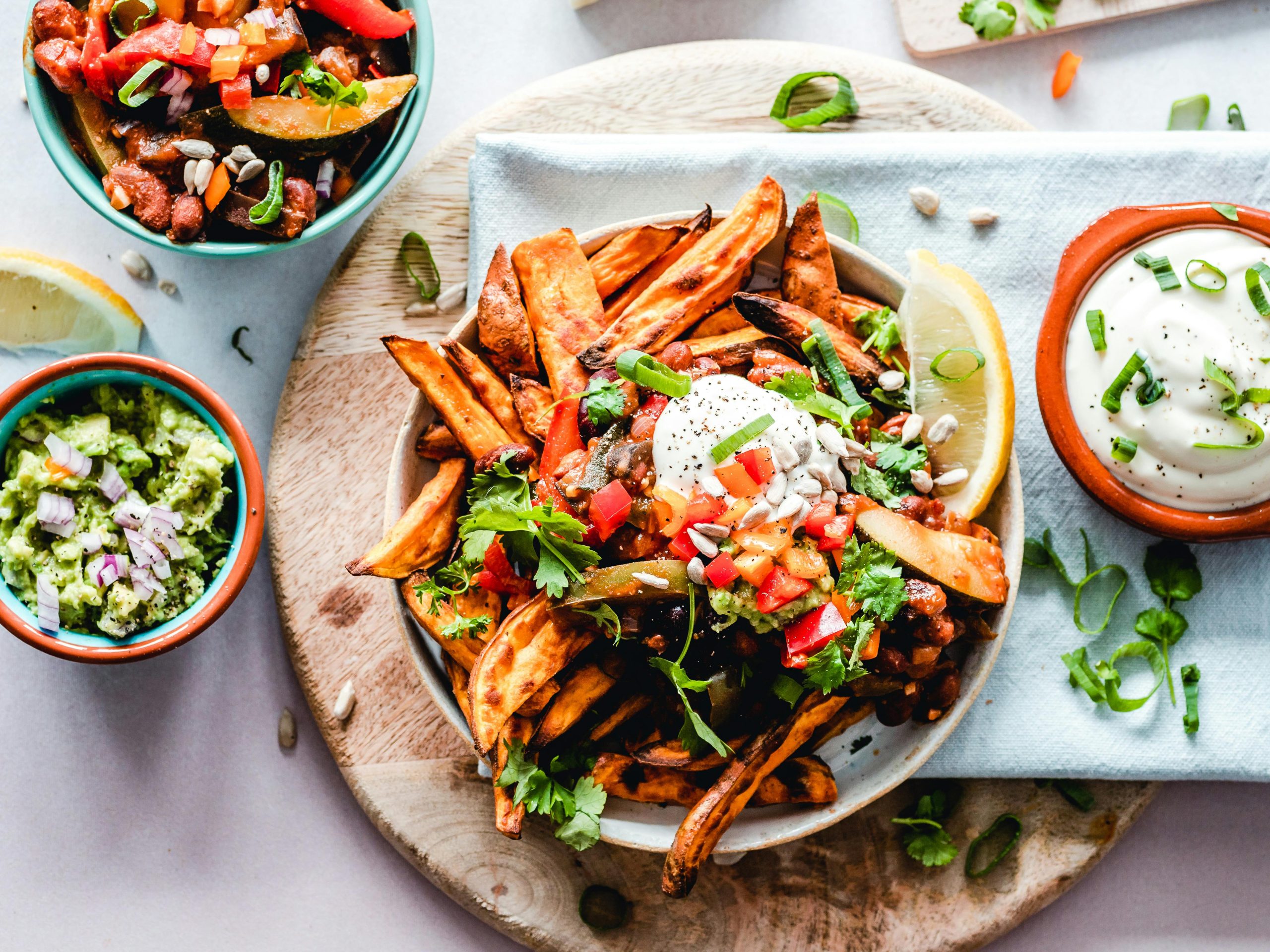What Is WFPB? (And Why It’s Not Just Another Diet)
You’ve probably seen the term WFPB floating around lately, in recipes, health posts, or even on food packaging. But what does it actually mean? And is it just another food trend?
Let’s break it down.
WFPB = Whole Food, Plant-Based
It’s a bit of a mouthful, but it’s really simple:
– Whole food means food that’s as close to its natural form as possible, not ultra-processed or packed with additives.
– Plant-based means food that mostly (or completely) comes from plants, like vegetables, fruit, legumes (beans and lentils), whole grains, nuts, and seeds.
So, a whole food, plant-based diet is one that focuses on real, whole foods that come from plants, rather than processed or refined products.
Think: roasted veggies, brown rice, chickpeas, berries, oats, and nuts. Not deep-fried snacks or packaged “health” bars that are full of sugar and oil.
It’s Not About Perfection
WFPB isn’t about being 100% vegan or giving up everything you love. It’s about adding more whole, nourishing foods into your life and cutting back on the ones that leave you tired, bloated, or sluggish.
Some people go fully plant-based, while others simply focus on eating mostly plants and keeping animal foods minimal and high quality. The goal isn’t strict rules, it’s better health and balance.
Why Go WFPB?
Here’s why so many people (including doctors, nutritionists, and naturopaths) love this way of eating:
– More energy: Whole plant foods give you steady energy instead of blood sugar spikes and crashes.
– Better digestion: Fibre from plants keeps your gut happy and supports healthy bacteria.
– Heart health: A WFPB diet is naturally lower in saturated fat and supports healthy cholesterol levels.
– Mood and mental clarity: Stable blood sugar and nutrient-rich foods help you feel calmer and more focused.
– Less inflammation: Plants are packed with antioxidants that help your body repair and reduce inflammation.
What Does a WFPB Day Look Like?
Here’s a simple example:
– Breakfast: Overnight oats with chia seeds, berries, and almond milk
– Lunch: Brown rice bowl with roasted veggies, chickpeas, and tahini dressing
– Snack: Apple slices with nut butter
– Dinner: Lentil and veggie curry with quinoa
– Treat: A few squares of dark chocolate or homemade bliss balls
Simple, colourful, and full of foods that actually make you feel good.
What to Watch Out For
Not everything labeled “plant-based” is healthy. There’s a difference between plant-based and whole food, plant-based.
For example:
– Fries, vegan nuggets, and processed plant burgers might be “plant-based,” but they’re still heavily processed.
– A WFPB version focuses on real ingredients, like baked sweet potato fries or a homemade black bean burger.
Always check labels, the fewer ingredients, the better.
Small Steps You Can Start Today
You don’t have to change everything overnight. Try these gentle swaps to start adding more whole foods into your routine:
1. Swap white rice or bread for brown, quinoa, or sourdough.
2. Add beans or lentils to your meals for extra fibre and protein.
3. Try one meat-free meal each week.
4. Replace sugary snacks with fruit, nuts, or homemade energy bites.
5. Focus on eating foods that look like they came from nature, not a packet.
And a Free Guide
Want more guidance? Check out my free guide about Easy Steps to Improve Your Diet which gives you simple, doable swaps to help you eat more whole, nourishing foods without overwhelm, restriction, or bland meals.
WFPB isn’t a diet, it’s a lifestyle that helps you reconnect with real food and the way your body’s meant to feel. It’s not about restriction; it’s about nourishment.
You don’t have to do it perfectly to feel the benefits. Even small shifts like adding more greens to your plate or choosing whole grains over processed ones make a big difference over time.
When you eat more plants and fewer processed foods, your energy, mood, and digestion improve naturally.

